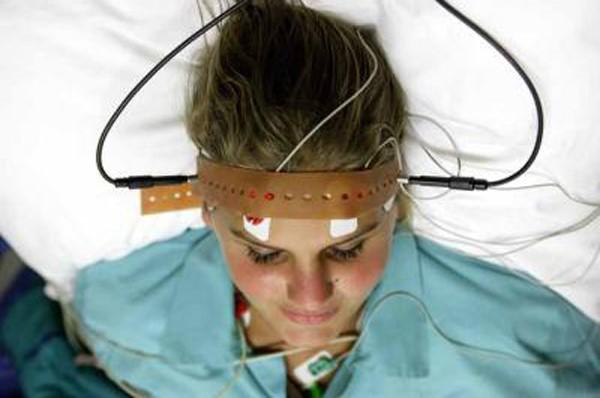Electroconvulsive Therapy
What Is Electroconvulsive Therapy (ECT)?
ECT is among the safest and most effective treatments available for depression. With ECT, electrodes are placed on the patient’s scalp and a finely controlled electric current is applied while the patient is under general anesthesia. The current causes a brief seizure in the brain. ECT is one of the fastest ways to relieve symptoms in severely depressed or suicidal patients. It’s also very effective for patients who suffer from mania or other mental illnesses. ECT is generally used when severe depression is unresponsive to other forms of therapy. Or it might be used when patients pose a severe threat to themselves or others and it is too dangerous to wait until medications take effect.
Although ECT has been used since the 1940s and 1950s, it remains misunderstood by the general public. Many of the procedure’s risks and side effects are related to the misuse of equipment, incorrect administration, or improperly trained staff. It is also a misconception that ECT is used as a “quick fix” in place of long-term therapy or hospitalization. Nor is it correct to believe that the patient is painfully “shocked” out of the depression. Unfavorable news reports and media coverage have contributed to the controversy surrounding this treatment.

